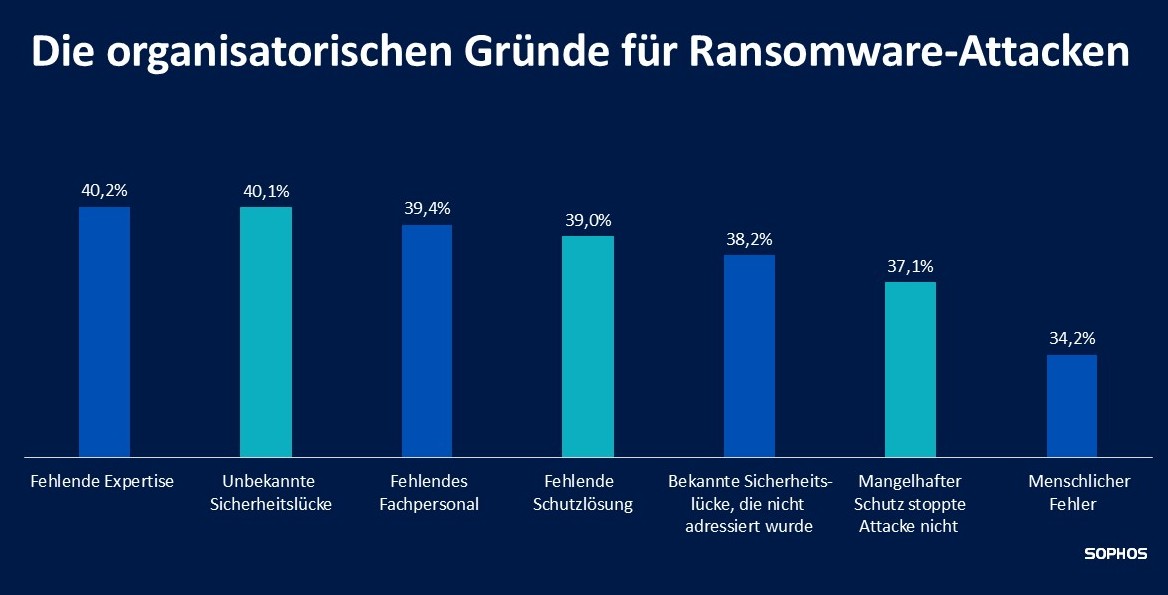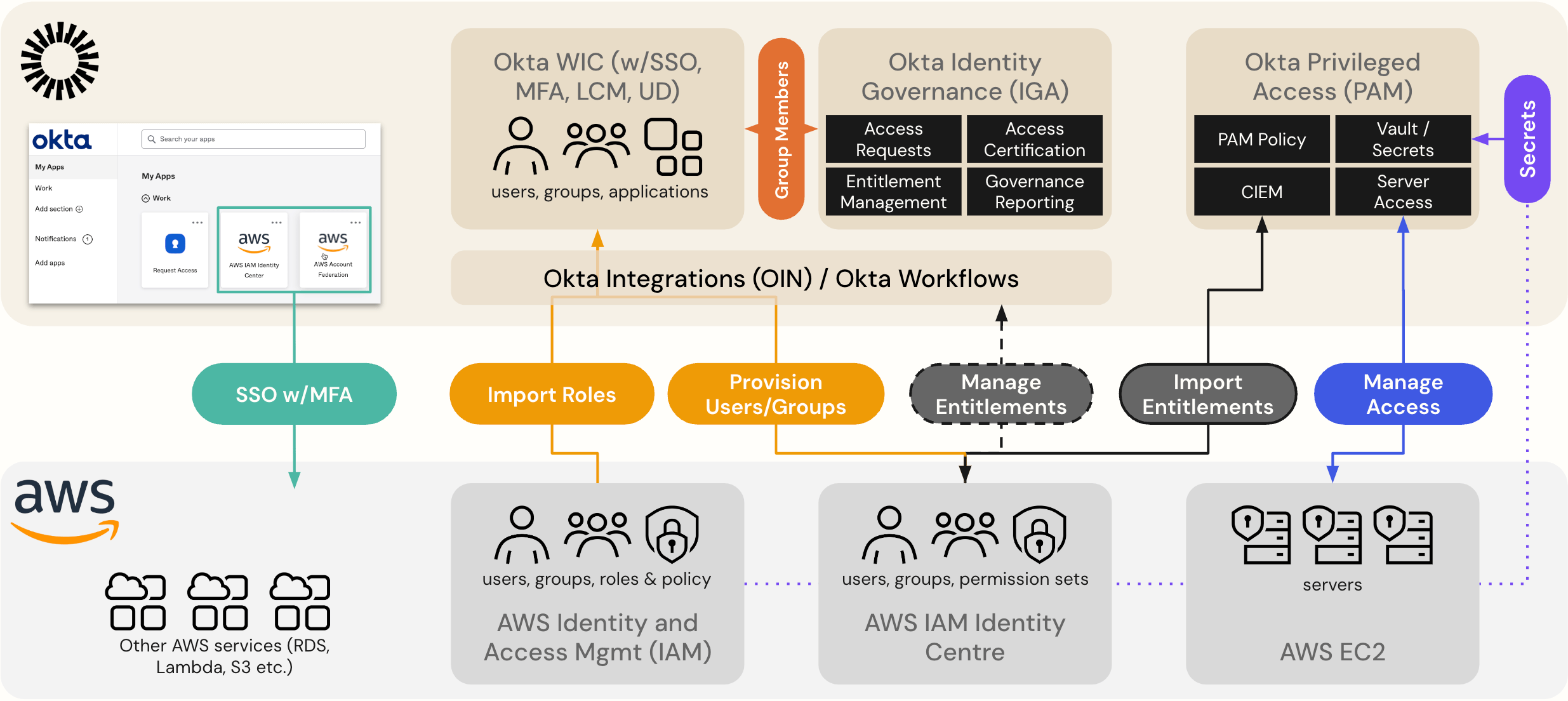
Introduction
Ransomware has emerged as one of the most significant threats in the realm of cybersecurity, impacting businesses and individuals alike. This malicious software encrypts data on a victim’s computer, rendering it inaccessible until a ransom is paid. With cybercriminals increasingly employing sophisticated tactics, understanding ransomware and its implications is more crucial than ever.
The Rise of Ransomware Attacks
In recent years, ransomware attacks have surged dramatically. According to Cybersecurity Ventures, global ransomware damage costs could reach $265 billion annually by 2031. These attacks are no longer limited to large corporations; small businesses, healthcare organisations, and even critical infrastructure have been targeted. For instance, the Colonial Pipeline attack in May 2021 disrupted fuel supplies across the United States and highlighted the vulnerabilities inherent in essential services.
The increasing accessibility of ransomware-as-a-service (RaaS) has enabled even inexperienced hackers to launch attacks. Many cybercriminals are now renting ransomware tools on the dark web, allowing them to target victims without extensive technical knowledge.
Impact and Consequences
The consequences of ransomware attacks can be devastating. Companies often face hefty ransom payments, which may not guarantee data recovery. Beyond financial losses, businesses suffer reputational damage, loss of customer trust, and potential legal ramifications due to data breaches. For instance, the NHS faced severe disruptions due to a ransomware attack in 2017, which affected patient care and operations across the UK.
Preventive Measures
To mitigate the risks associated with ransomware, experts recommend several proactive measures. Regular data backups, combined with secure storage solutions, can ensure that companies can recover their information without succumbing to ransom demands. Implementing robust cybersecurity protocols, including employee training on phishing attacks and safe internet practices, is also essential.
Moreover, investing in advanced security systems that utilise machine learning and artificial intelligence can detect unusual patterns and halt attacks before they escalate. Keeping software updated and patching vulnerabilities promptly can further reduce the likelihood of an attack.
Conclusion
As ransomware continues to evolve, it poses a persistent threat to individuals and organisations globally. Awareness and preparedness are vital to combating this growing danger. By adopting comprehensive cybersecurity strategies and fostering a culture of security awareness, organisations can better protect themselves against the looming threat of ransomware. The IT landscape is constantly changing, and vigilance is essential in staying ahead of cybercriminals.
You may also like

What You Need to Know About ‘The Hack’ Cybersecurity Incident

The Significance of Okta in Modern Identity Management
